GOBBI MAGNESIUM SULFATE LG12 kg. 12

Advertising [ProductAdditionalInfo]
(edit with the Customer Reassurance module)
(edit with the Customer Reassurance module)
(edit with the Customer Reassurance module)
MAGNESIUM SULFATE LG KG. 12
FEATURES
Magnesium sulphate.
Magnesium Sulfate LG is a formulation containing magnesium with high purity and solubility that is used both for foliar applications and for fertigation. Magnesium Sulfate LG is recommended for the prevention and treatment of physiopathies that occur in various crops following the deficiency or limited availability of the magnesium element. Magnesium Sulphate LG quickly restores the color of vegetation by stimulating the synthesis of chlorophyll.
FERTILIZER BASED ON SECONDARY ELEMENTS
COMPOSITION -
Magnesium Oxide (MgO) soluble in water ......................................... ........ 16.0%
FEATURES
LG Magnesium Sulphate contains a high purity and solubility magnesium heptahydrate which is used both for foliar applications and for fertigation.
DOSES AND METHOD OF USE -
By foliar way Horticulture .................... 8.2 Kg / hl
Ornamental and flowering plants ............................................. ... 1.0-1.5 Kg / hl
Fruit growing ................................... 1.0-1.5 Kg / hl
Viticulture, against the drying of the rachis: three treatments at 10-day intervals
of distance starting from the enlargement of the bunch (in July) ..................... 1.0-1.5 Kg / hl
Radically
Horticulture, ornamental and flowering plants ................. 15-20Kg / 1000 m2
Fruit trees, trees in general ...... 50- 60 Kg / ha
Viticulture ................... 150 -200 Kg / ha
Melons ......................... 500 -750g / 100 m2
Actinidia: in pre-flowering repeating the treatment after about 40 days ............. 100 -150 kg / ha
For preventive treatments use the lowest dosages, for curative ones use the highest dosages. To optimize
the effectiveness of the product, it is advisable to add the product based on seaweed, Alga, to the solution
Special, both via the leaves (100 ml / hl), and via the roots (2-4 l / ha).




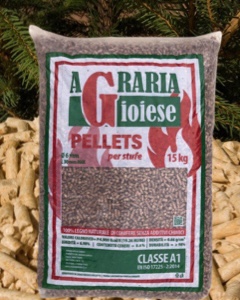
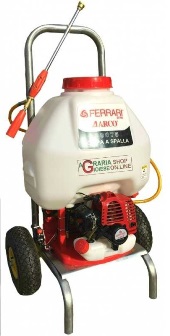





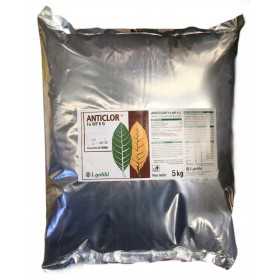


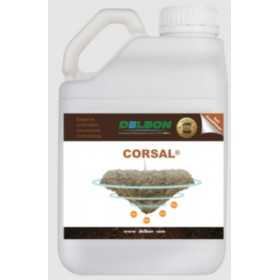
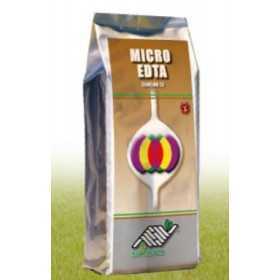

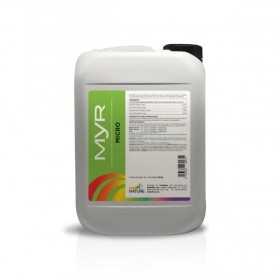

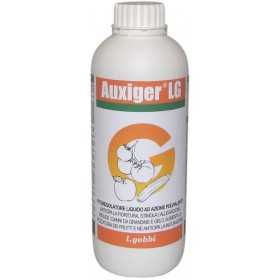


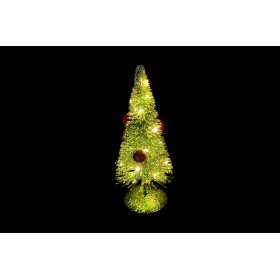


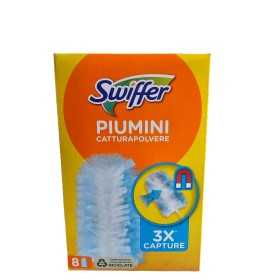

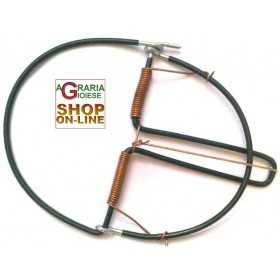
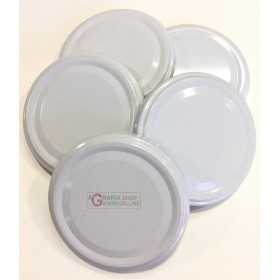


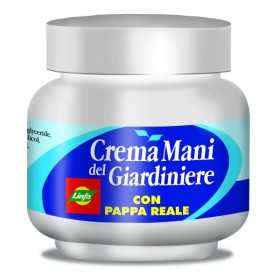
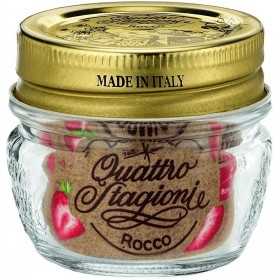



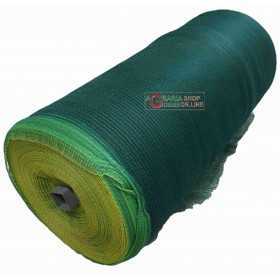
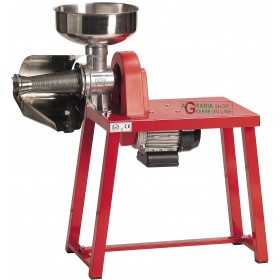



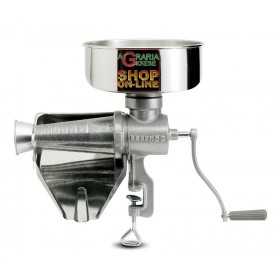



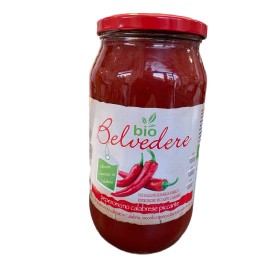
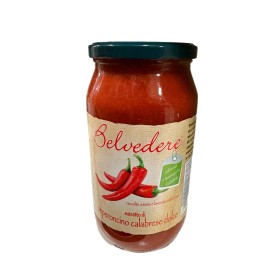




feedback Report comment